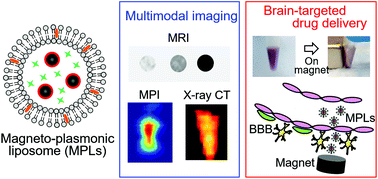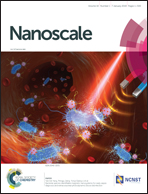Hybrid magneto-plasmonic liposomes for multimodal image-guided and brain-targeted HIV treatment
Abstract
Image-guided drug delivery is an emerging strategy in the field of nanomedicine. The addition of image guidance to a traditional drug delivery system is expected to achieve highly efficient treatment by tracking the drug carriers in the body and monitoring their effective accumulation in the targeted tissues. In this study, we developed multifunctional magneto-plasmonic liposomes (MPLs), a hybrid system combining liposomes and magneto-plasmonic nanoparticles for a triple-modality image-guided drug delivery. Tenofovir disoproxil fumarate, an antiretroviral drug used to treat human immunodeficiency virus type 1 (HIV-1), was encapsulated into the MPLs to enable the treatment in the brain microenvironment, which is inaccessible to most of the drugs. We found strong negative and positive contrasts originating from the magnetic core of MPLs in magnetic resonance imaging (MRI) and magnetic particle imaging (MPI), respectively. The gold shell of MPLs showed bright positive contrast in X-ray computed tomography (CT). MPLs achieved enhanced transmigration across an in vitro blood–brain barrier (BBB) model by magnetic targeting. Moreover, MPLs provided desired therapeutic effects against HIV infected microglia cells.



 Please wait while we load your content...
Please wait while we load your content...